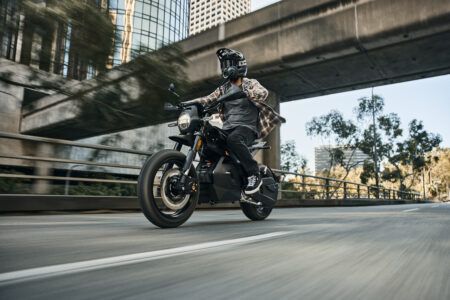Kia and Hyundai have revealed plans to introduce solar roof charging technology on selected group vehicles. Electricity-generating solar panels will be incorporated into the roof or hood of the selected Hyundai Group cars, providing power that can be channeled into electric, hybrid or ICE systems – boosting fuel efficiency and range.
Three types of solar roof charging systems are under development. The first generation is for use in hybrid vehicles; the second generation will be applied to ICE vehicles. The third iteration will see a lightweight solar roof installed in battery-electric models.
The first-generation system uses a structure of silicon solar panels integrated into a standard vehicle roof. The development team states that it is capable of charging 30-60% of the battery over the course of a normal day.
The second generation will be a world-first for the application of the technology in ICE vehicles. Integrated into the panoramic sunroof, the generated power will enable the vehicles to better meet environmental regulations regarding CO2 emissions.
The technology consists of a solar panel, controller and battery. Absorbed light photons cause the panel to create electron holes in silicon cells, enabling current flow and generating electricity. A 100W solar panel can produce up to 100Wh of energy under ideal conditions. Power is converted and stored by the battery, or used to decrease load on the vehicle’s AC generator.
“In the future, we expect to see many different types of electricity-generating technologies integrated into our vehicles,” says Jeong-Gil Park, executive vice president of the engineering and design division of Hyundai Motor Group. “The solar roof is the first of these technologies, and will mean that automobiles no longer passively consume energy, but will begin to produce it actively.”
The first generation of the technology will launch in vehicles after 2019.





